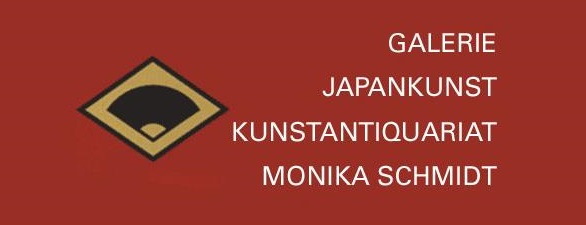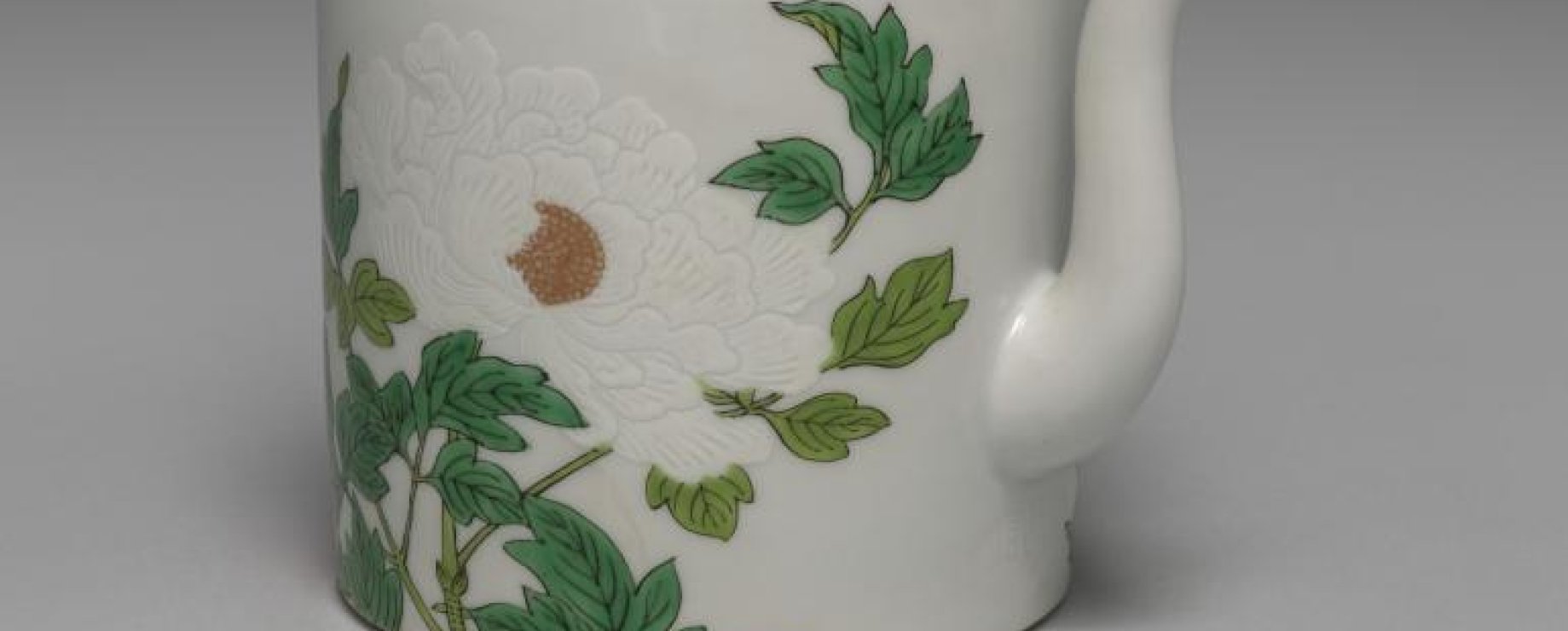
Exhibitions
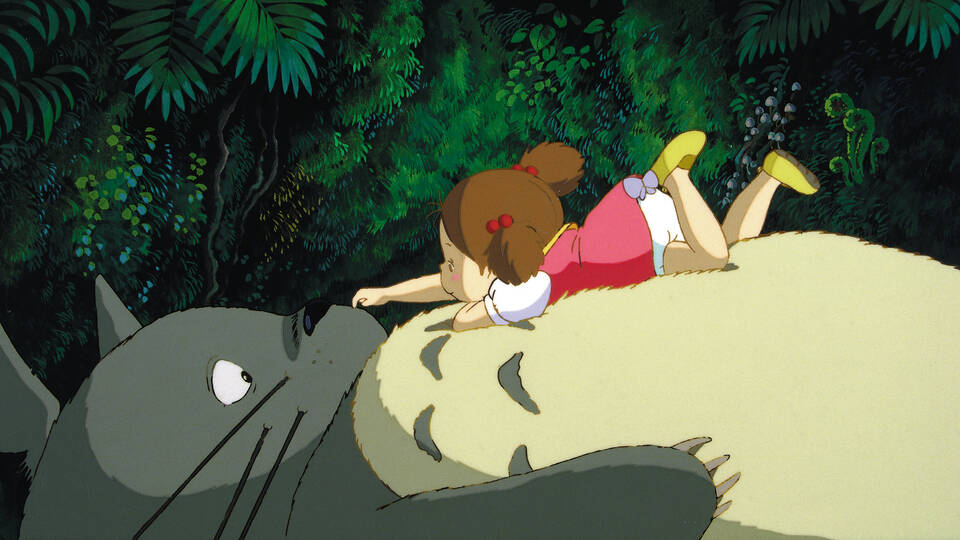
Japan: Myths to Manga, Victoria and Albert Museum, London, October 14 2023 – September 8 2024
Take an exciting and atmospheric trip through Japan – and explore how landscape and folklore have influenced Japanese art, technology and design. The exhibition is divided into four sections: Sky, Sea, Forest, and City, each tracing how popular Japanese stories have shaped art, design, and technology. Visitors can expect interactive activities like origami-making, taiko-drumming, and manga-drawing. The exhibition showcases over 150 historic and contemporary objects, including a Tamagotchi, a Hello Kitty rice cooker, and a Comme des Garçons coat, offering a vibrant fusion of tradition and modernity.
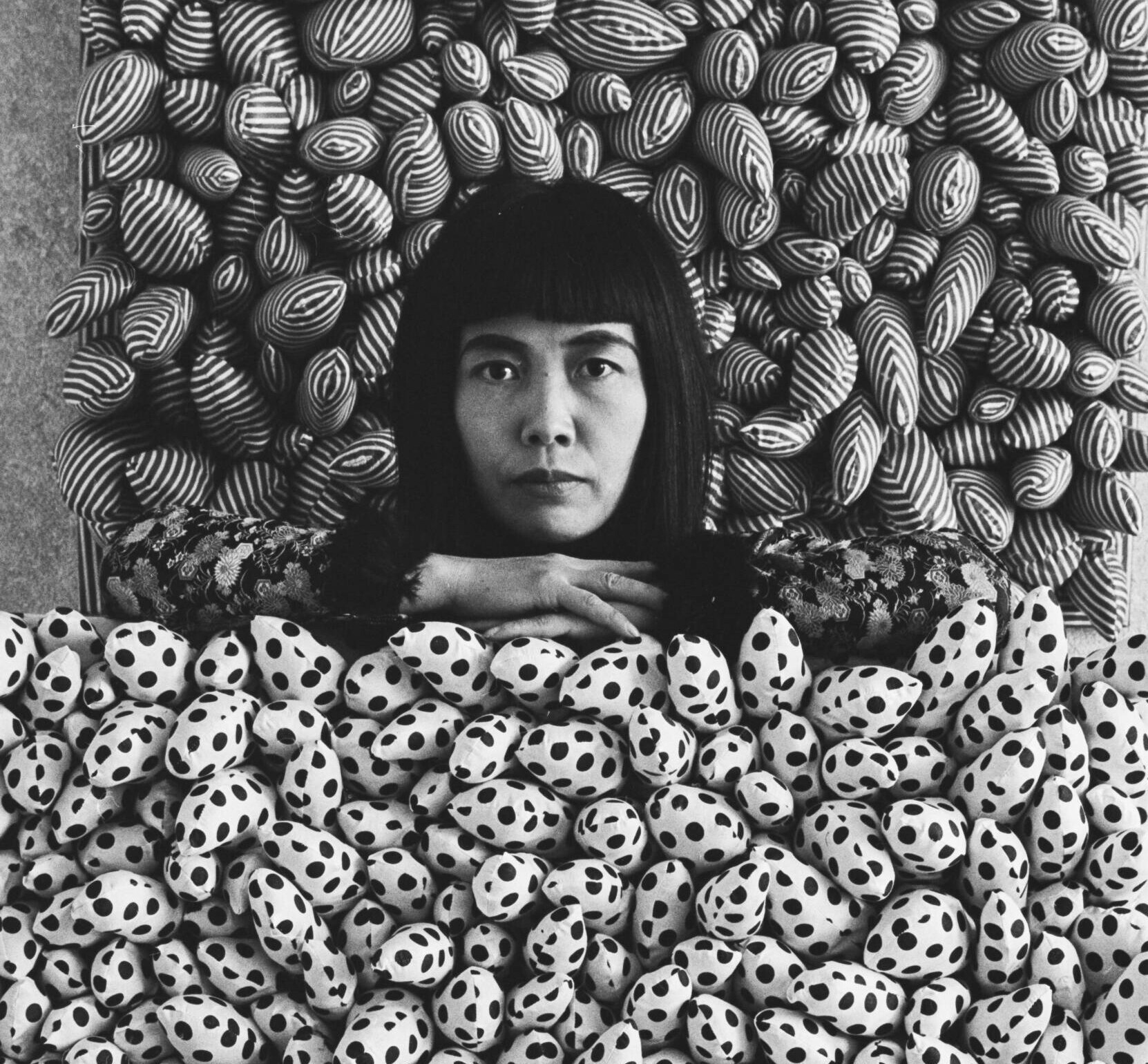
Yayoi Kusama. The Dutch Years 1965-1970, Stedelijk Museum Schiedam, Schiedam, September 23 2023 – February 25 2024
The Stedelijk Museum Schiedam presents an exhibition dedicated to the Dutch years of Japanese artist Yayoi Kusama. On display are the works she made during the various periods in which she lived and worked in the Netherlands, alongside many photographs of Kusama taken while she was in the country. That unknown and very fragile works from Kusama’s early years are now being exhibited together is quite extraordinary. Yayoi Kusama. The Dutch Years 1965-1970 paints a surprising new picture of a self-aware young Kusama, who laid the foundations for her world-conquering artistic oeuvre in a version of the Netherlands characterised by its Provo counterculture movement, happenings and youth culture.
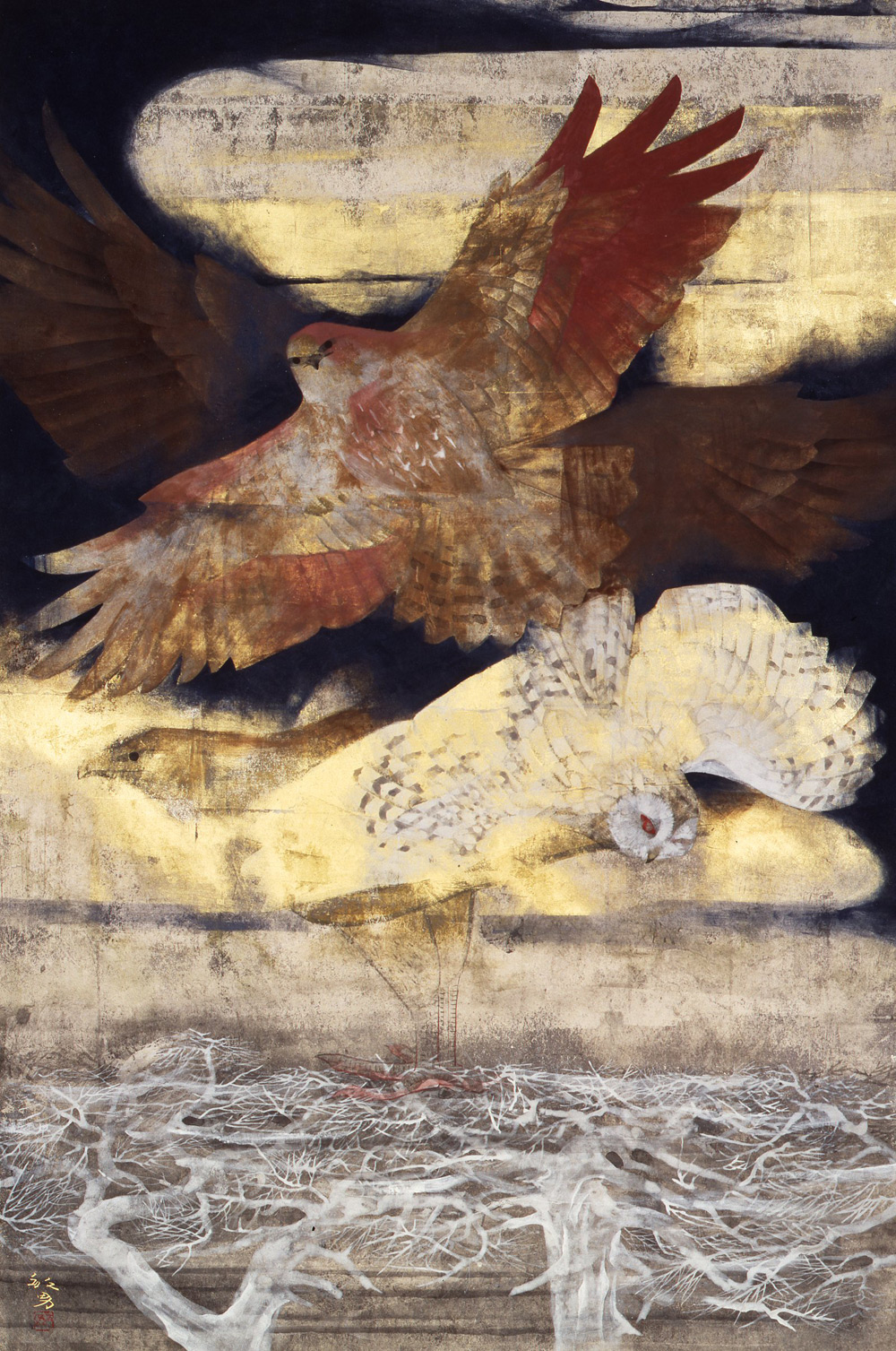
Matsuo Toshio, Flight, 1970
The Elites Who Challenged Nihonga ―From Hishida Syunsō, Uemura Shōen and Kawabata Ryūshi to Matsuo Toshio, Yamatane Museum of Art, July 29 2023 – September 24 2023, Yamatane Museum of Art, Tokyo
This excellent exhibition displays various nihonga works, from the Meiji Period to modern times. This exhibition introduces a remarkable body of work, including After the Rain by Hishida Shunsō, who endeavored to express the atmosphere using his mōrōtai ("vague" or “indistinct") technique, without outlines, Fluffy Snowflakes by Uemura Shōen, who pioneered a path for living as a woman and an artist, Maelstroms at Naruto, by Kawabata Ryūshi, a painting produced with lavish use of a rare blue mineral pigment, azurite, that he showed at the noteworthy first Seiryūsha exhibition, and Flight (which received the Yamatane Museum of Art Award) by Matsuo Toshio, an artist who, having faced the call for the extinction of nihonga in his youth, went on to become one of Japan’s most prominent painters.
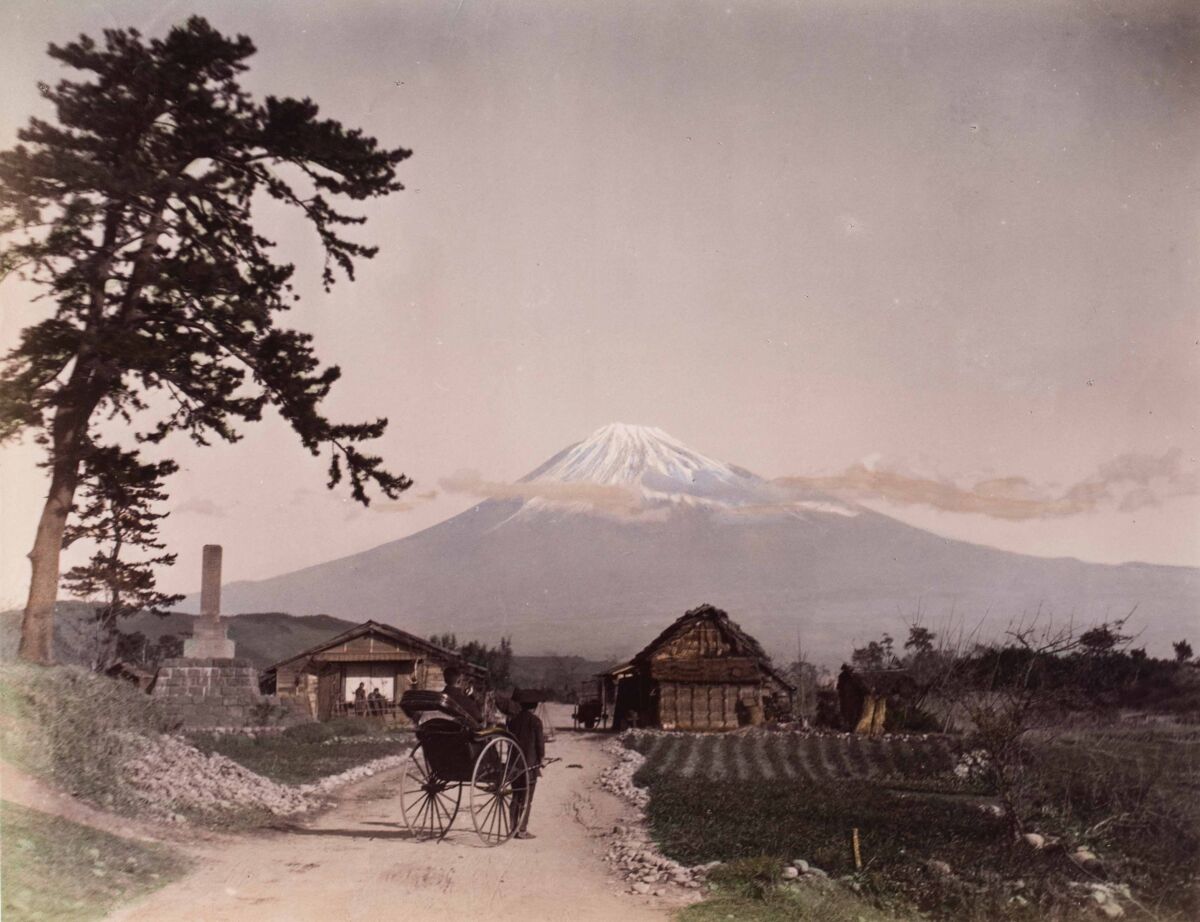
Anonymous, hand-coloured photograph of Mount Fuji, c. late 19th century
Japan on a Glass Plate. 19th-Century Photographs from the Kurokawa Collection, Japan Museum SieboldHuis, Leiden, September 22 2023 – March 3 2024
The exhibition offers a unique insight into Japan in the late 19th century. The collection has never been shown before and is one of the most important and extensive private collections of Meiji photography in the world. The 155 photographs, taken from both Japanese and foreign studios, display extraordinary artistry and are of great historical value.
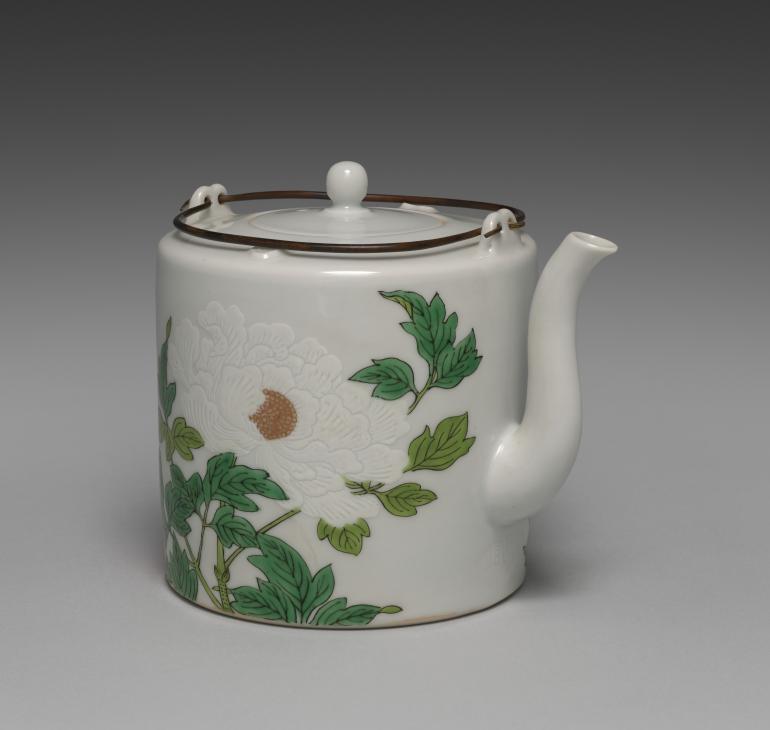
Seifū Yohei III (1851–1914), Sake Pourer with Flowers, c. 1893–1914.
Colors of Kyoto: The Seifū Yohei Ceramic Studio, Cleveland Museum of Art, Cleveland, Ohio, August 8 2023 – October 19 2023
Colors of Kyoto: The Seifū Yohei Ceramic Studio showcases works in porcelain and stoneware made by the Kyoto-based studio of Seifū Yohei from the late 19th to the mid-20th century. While the studio is known for the role of Seifū Yohei III (1851–1914) as an Imperial Household Artist (Teishitsu gigei’in), it has only recently received sustained scholarly attention. The exhibition is the first in North America to comprehensively examine the studio’s output from the time of its founder, Seifū Yohei I (1801–1861), through that of its fourth-generation head, Seifū Yohei IV (1871–1951).
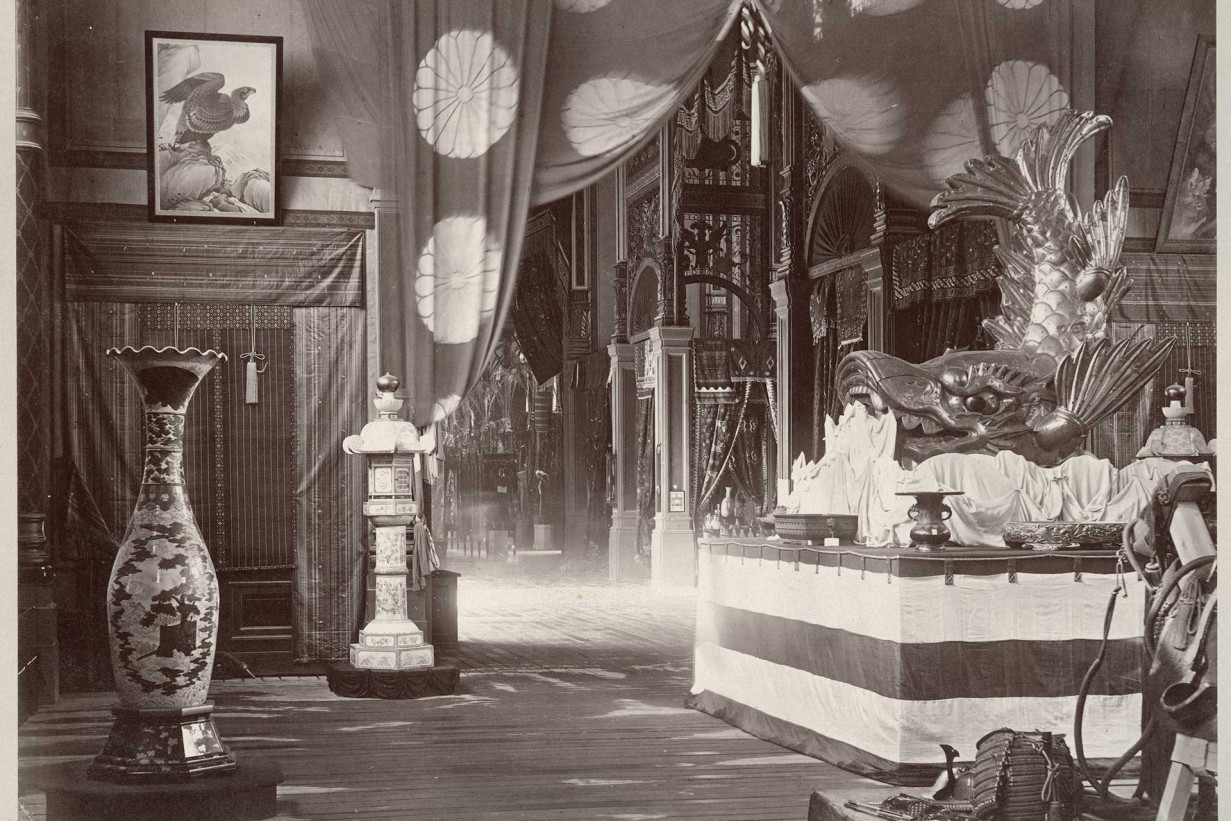
View of the Japanese Gallery at the 1873 Vienna World's Fair
The 1873 Vienna World’s Fair Revisited: Egypt and Japan as Europe’s “Orient”, Museum of Applied Arts, Vienna, June 28 2023 – October 22 2023
On the occasion of the 150th anniversary of the 1873 Vienna World’s Fair, the MAK sets out to explore a critical aspect of this prestigious international show: the “Orient” as a construct of 19th-century Orientalism. Drawing on Egypt and Japan as examples, which in the contemporary worldview were often thought to be part of the region referred to as the “Orient,” the exhibition THE 1873 VIENNA WORLD’S FAIR REVISITED: Egypt and Japan as Europe’s “Orient” explores Orientalism from various angles.
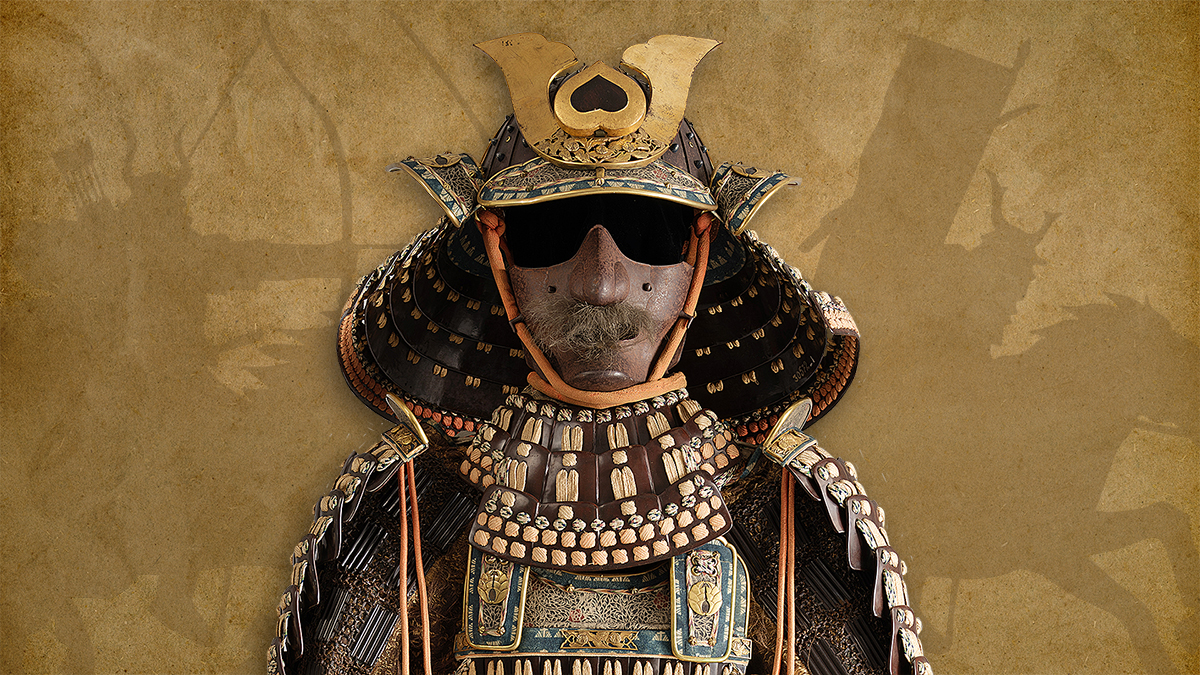
Samurai armour
Samurai, Historical Museum, Oslo, until December 30, 2023
In the exhibition, you can see a selection of 15 samurai armours, as well as swords and other items the samurai used. Among the highlights, is the suit of armour Roald Amundsen received as a gift on his travels in Japan. See the samurai’s characteristic helmets, decorated with fantastic figures inspired by nature - status symbols used to tell the warriors apart and scare the enemy.
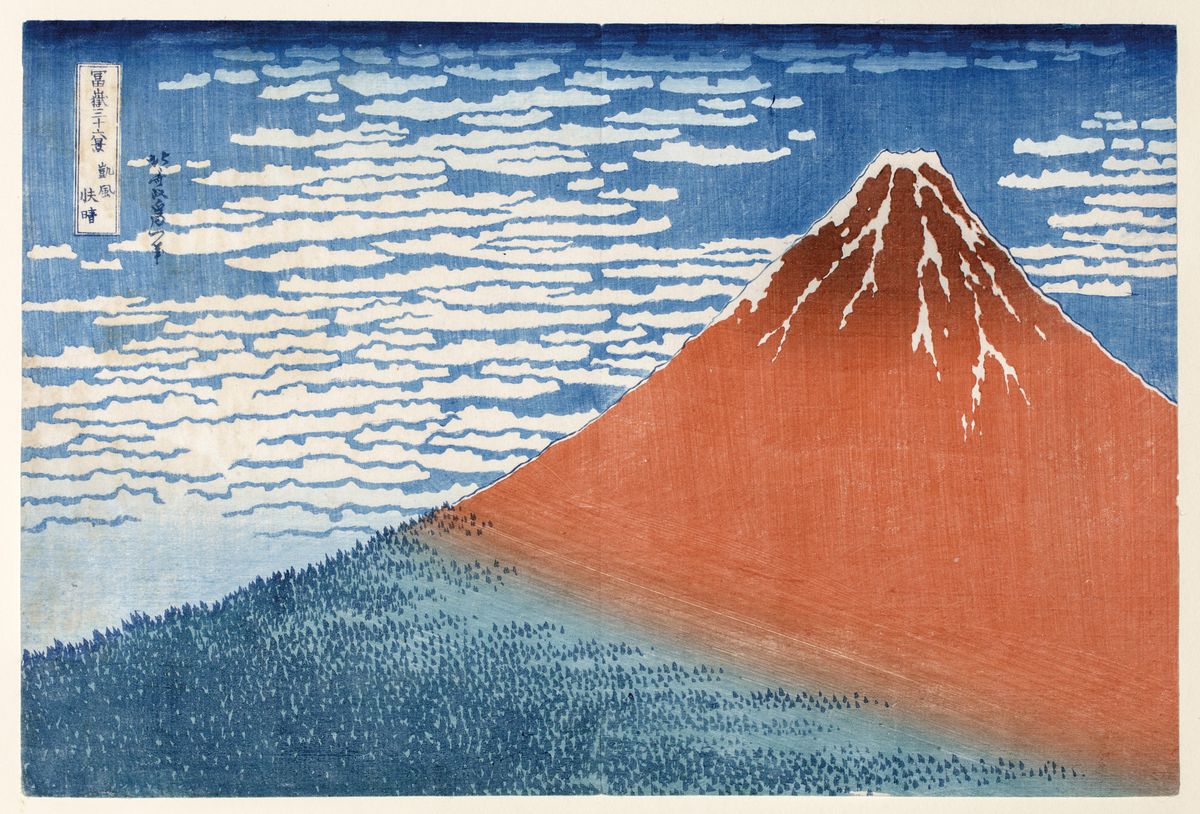
Katsushika Hokusai, Japan, 1760 - 1849, Fine wind, clear weather, from the series Thirty-six views of Mount Fuji, c.1830-32. South Australian Government Grant 1976, Art Gallery of South Australia, Adelaide.
Misty Mountain, Shining Moon: Japanese landscape envisioned, Art Gallery of South Australia (AGSA), Adelaide, 29 Jul 2023 – Mar 2024
From the austerity of brush and ink painting to vivid woodblock prints, Misty Mountain, Shining Moon expresses the beauty of the Japanese landscape as represented by some of the world’s most celebrated artists.
With a deep reverence for the natural world, Japanese artists have long appreciated the scenic beauty of the mountains and fertile plains of the archipelago, venerated as the abode of numinous deities. Presenting works of art made from the sixteenth century to the present day, Misty Mountain, Shining Moon offers an evolving dialogue between artists and nature.
Publications
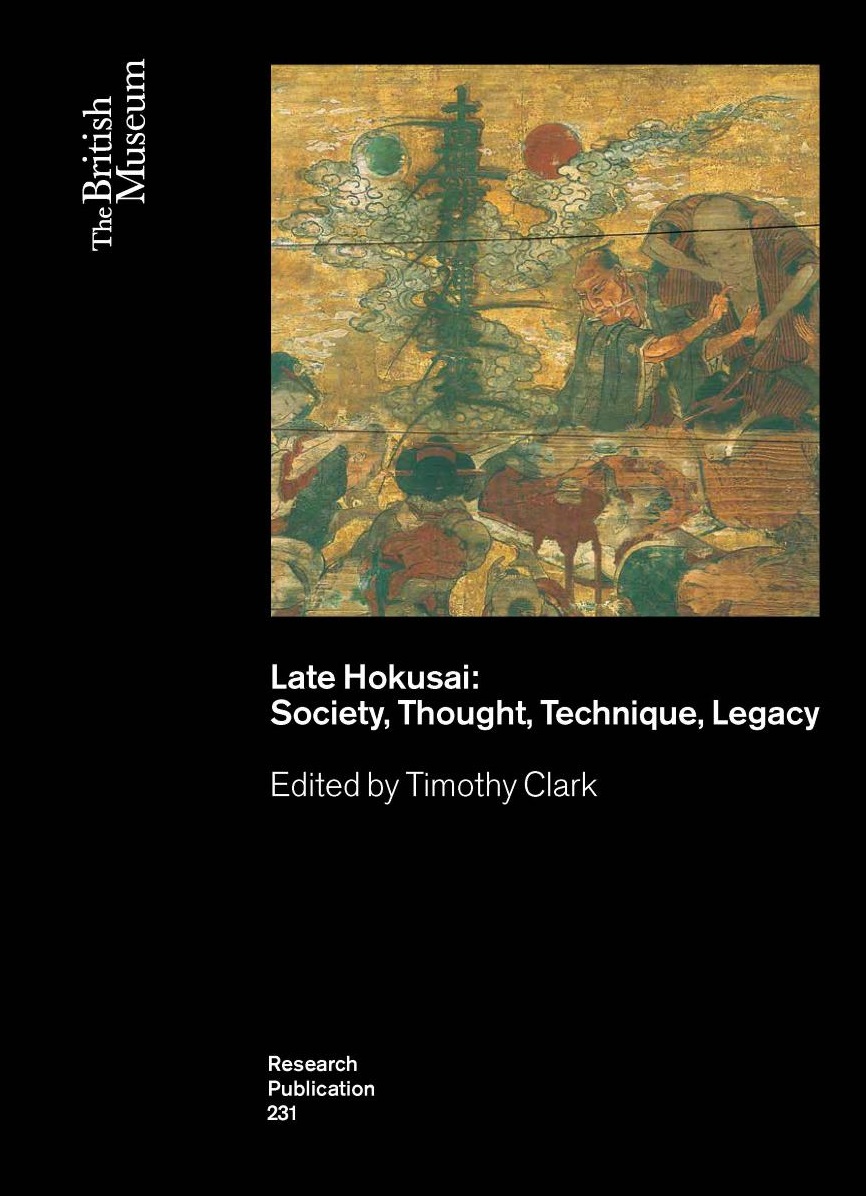
Late Hokusai: Thought, Technique, Society, Legacy, Timothy Clark ed., The British Museum Research Publications
This research has repositioned Katsushika Hokusai (1760−1849) as an artist, collaborator, social commentator and thinker as seen through the techniques he applied to his later paintings, drawings, prints and illustrated books from 1819−1849. A must-have for anyone who wishes to read the latest findings on this iconic artist.
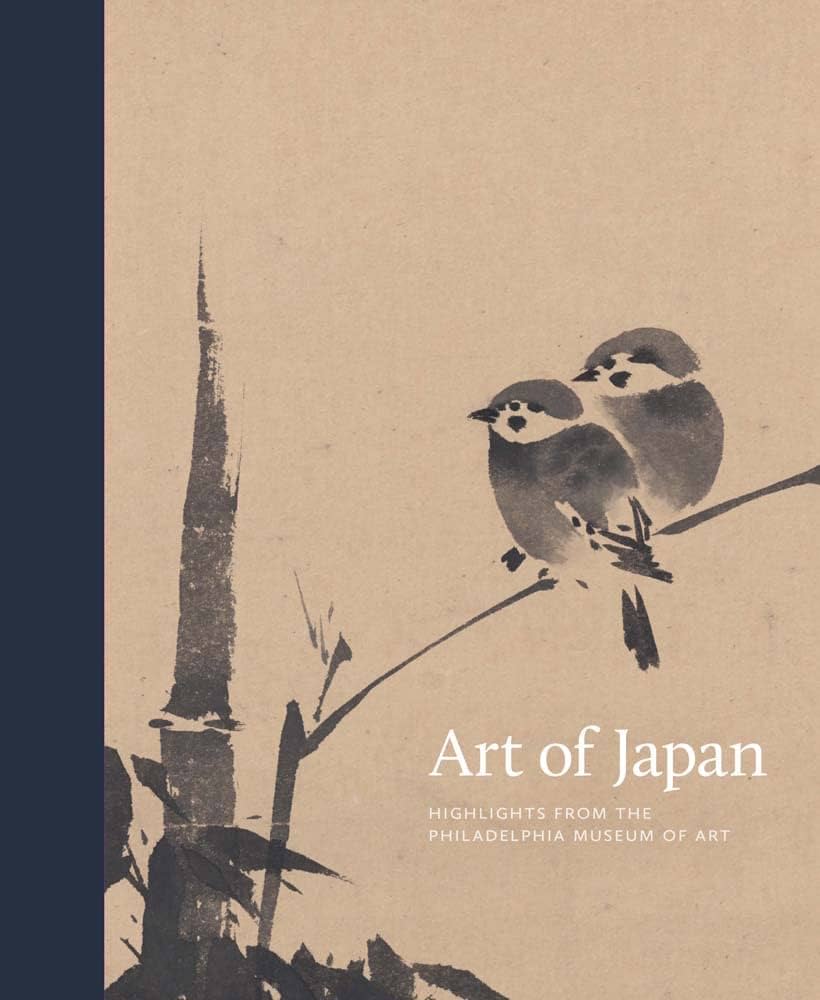
Art of Japan: Highlights from the Philadelphia Museum of Art, Felice Fischer and Kyoko Kinoshita
Art of Japan presents one hundred highlights of Japanese art from the collection of the Philadelphia Museum of Art, dating from the Neolithic period to today. Among them are a temple and a teahouse, acquired in 1928, each the first of its type in an American museum. The collection is also notable for tea wares, particularly ceramics produced between the sixteenth and twenty-first centuries. The Edo and Meiji periods are especially well represented by a wide range of artworks that include calligraphy, paintings, and prints by such luminaries as Hon’ami Kōetsu (1558–1637), Ike Taiga (1723–1776), and Tsukioka Yoshitoshi (1839–1892).
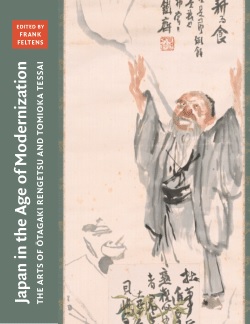
Japan in the Age of Modernization: The Arts of Ōtagaki Rengetsu and Tomioka Tessai (Free access), Frank Feltens ed., 2023, Smithsonian Scholarly Press
After Commodore Matthew Perry’s U.S. Navy ships arrived on its shores in the 1850s, Japan entered an age of rapid modernization and soon became the first Asian nation with a military and industry on par with Western imperialist countries in the late nineteenth and early twentieth centuries. While grappling with the effects of rapid Western-inspired modernization, the Japanese searched for their cultural identity, increasingly turning to their past as well as to China for inspiration.
This book’s essays, by scholars from the United States, Japan, and Europe, look beyond Western industrialization to examine China’s role in forming Japan’s modern identity. The volume follows a retrospective of the Japanese nun, calligrapher, potter, and political activist Ōtagaki Rengetsu (1791–1875) and the modern Japanese painter Tomioka Tessai (1836–1924) on view in late 2022 at the Freer Gallery of Art of the Smithsonian’s National Museum of Asian Art in Washington, D.C.
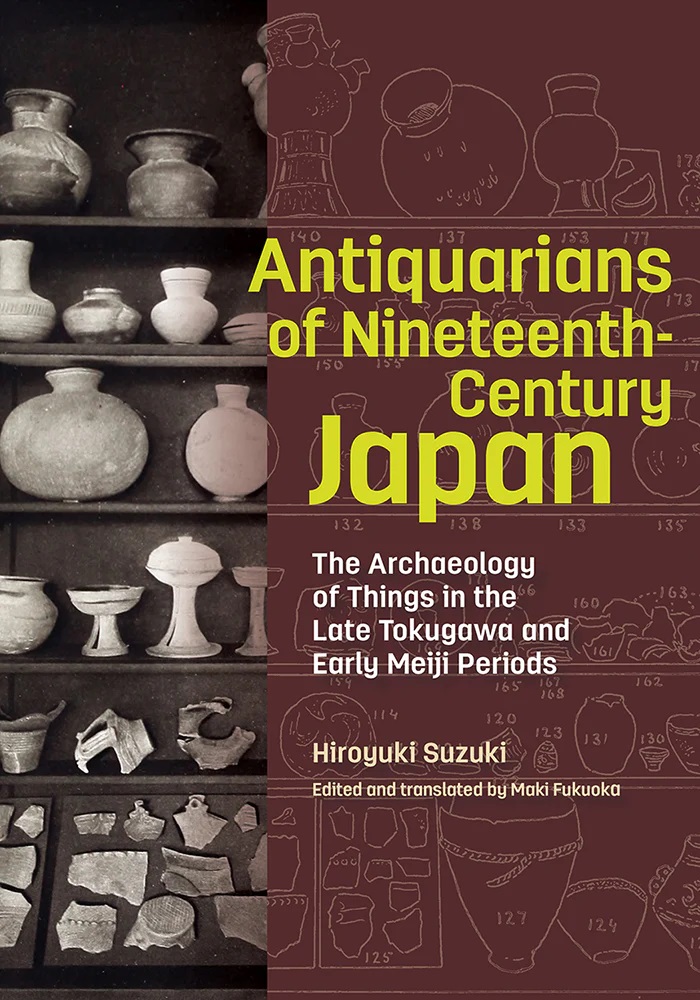
Antiquarians of Nineteenth-Century Japan: The Archaeology of Things in the Late Tokugawa and Early Meiji Periods, Hiroyuki Suzuki, translated by Maki Fukuoka, 2022 Getty Publications
Originally published in Japanese, Antiquarians of Nineteenth-Century Japan looks at the approach toward object-based research across the late Tokugawa and early Meiji periods, which were typically kept separate, and elucidates the intellectual continuities between these eras. Focusing on the top-down effects of the professionalizing of academia in the political landscape of Meiji Japan, which had advanced by attacking earlier modes of scholarship by antiquarians, Suzuki shows how those outside the government responded, retracted, or challenged new public rules and values. He explores the changing process of evaluating objects from the past in tandem with the attitudes and practices of antiquarians during the period of Japan’s rapid modernization. He shows their roots in the intellectual sphere of the late Tokugawa period while also detailing how they adapted to the new era. Suzuki also demonstrates that Japan’s antiquarians had much in common with those from Europe and the United States.
Art historian Maki Fukuoka provides an introduction to the English translation that highlights the significance of Suzuki’s methodological and intellectual analyses and shows how his ideas will appeal to specialists and nonspecialists alike.
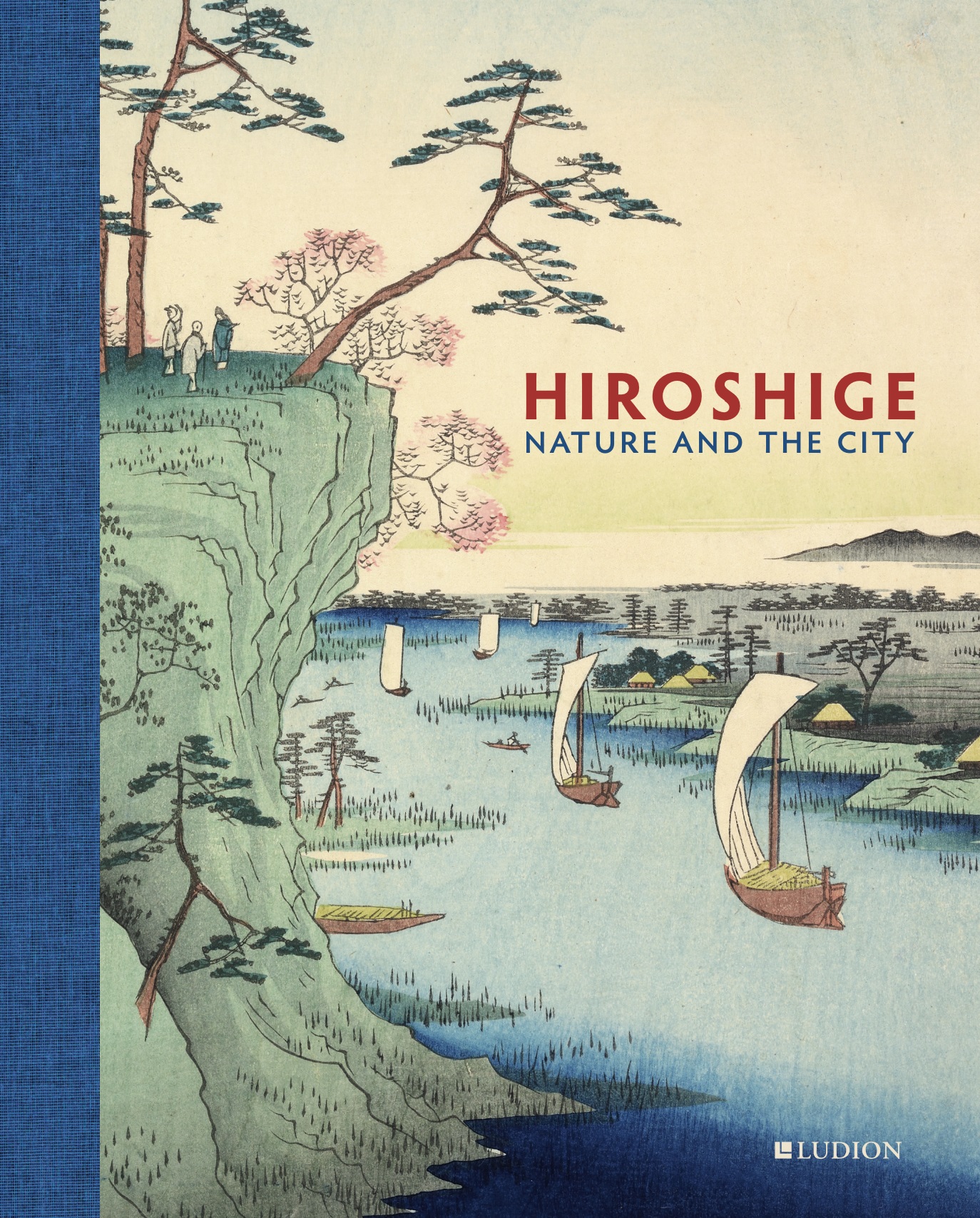
Hiroshige. Nature and the City, Rhiannon Paget, John T. Carpenter, et al., 2023, Ludion
Hiroshige: Nature and the City is the most extensive English-language overview to date on the life and work of the celebrated Japanese ukiyo-e print designer, Utagawa Hiroshige (1797–1858), and it draws from the largest private collection of Hiroshige’s prints outside Japan, the Alan Medaugh collection. The publication includes five essays by leading scholars in the field. Rhiannon Paget provides an in- depth introduction to Hiroshige’s life and the evolution of his art. John T. Carpenter delves into the rich world of poetry as visualized in the artist’s oeuvre of the natural world. Translations of the poems that appear on a number of the Hiroshige’s works have also been transcribed and translated. Andreas Marks writes on the artist’s collaboration with other print designers and on the publishers who produced his prints, while Shiho Sasaki explores the colorants in Hiroshige’s prints and the artist’s use of color as an expressive tool. These essays are followed by an annotated catalogue of five hundred works in the Medaugh collection compiled and written by Jim Dwinger.
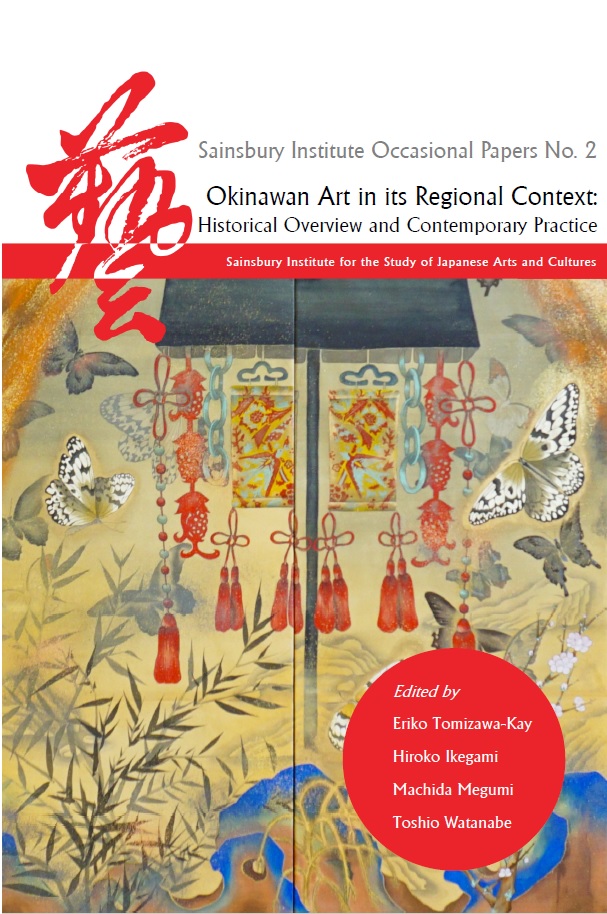
Okinawan Art in its Regional Context: Historical Overview and Contemporary Practice (Free access), Eriko Tomizawa-Kay, Hiroko Ikegami, Machida Megumi, and Toshio Watanabe eds., 2022, Sainsbury Institute for the Study of Japanese Arts and Cultures
The second publication in this series is the product of a conference supported by the Sainsbury Institute in October 2019 and organised by Dr Eriko Tomizawa-Kay. The symposium brought together researchers specializing in art history, history, political science, and sociology, as well as contemporary artists active outside Japan, with the aim of clarifying the historical and political processes behind Okinawan art and cultural forms.
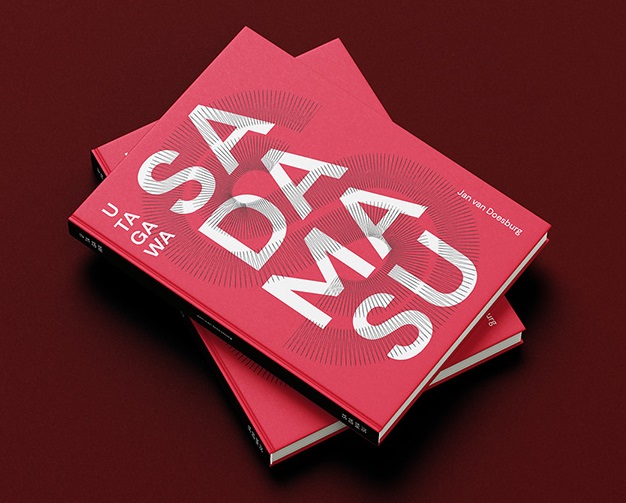
UTAGAWA SADAMASU Distinguished Osaka print artist, Jan van Doesburg, 2023 Huys Den Esch
An overview of the complete print oeuvre by Osaka print artist Utagawa Sadamasu, with circa 200 colour illustrations, of which 27 full page, biographical notes on Sadamasu, a list of his pupils, prints by Sadamasu II, a select bibliography, and a glossary of Japanese terms.
Want to continue reading?
Become a member
Individual or institute*
2 x Andon per year
Access to the online Andon Collection
Access to SJA activities and news
Access to a world wide network
*€85 outside the Netherlands€75 / €85 per year
Partner membership*
Access to the online Andon Collection
Access to SJA activities and news
Access to a world wide network
* It is required that the partner lives at the same address.€25 per year
Student membership*
2 x Andon per year
Access to the online Andon Collection
Access to SJA activities and news
Access to a world wide network
* A scan of a recent student ID is required.€40 per year
Already a member?
Login